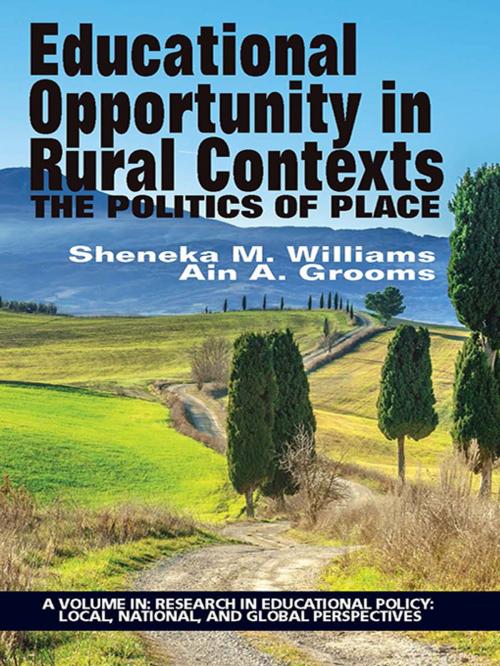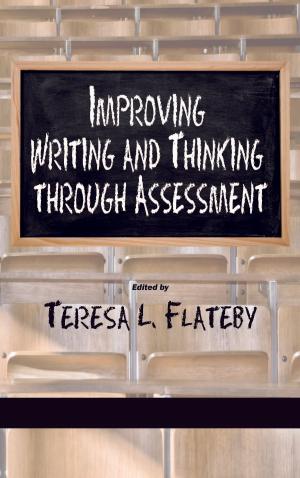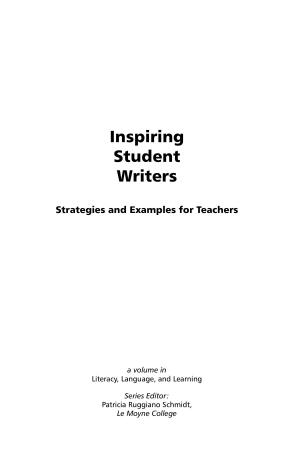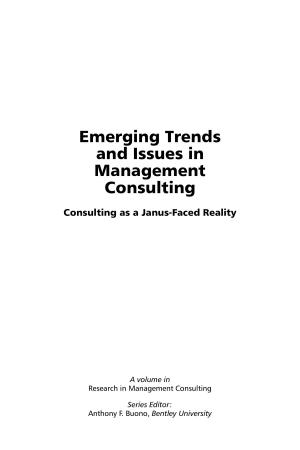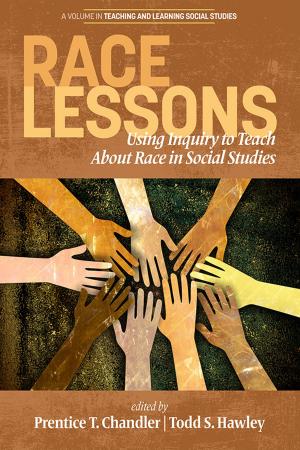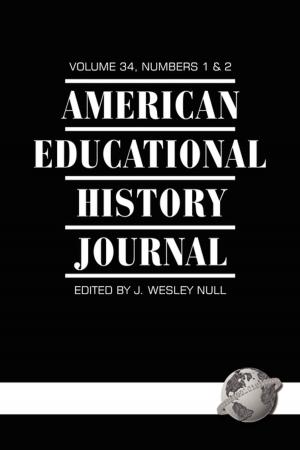Educational Opportunity in Rural Contexts
The Politics of Place
Nonfiction, Reference & Language, Education & Teaching, Educational Theory, Educational Reform| Author: | ISBN: | 9781681232508 | |
| Publisher: | Information Age Publishing | Publication: | November 1, 2015 |
| Imprint: | Information Age Publishing | Language: | English |
| Author: | |
| ISBN: | 9781681232508 |
| Publisher: | Information Age Publishing |
| Publication: | November 1, 2015 |
| Imprint: | Information Age Publishing |
| Language: | English |
The impetus behind this volume stems from reflections on commemorations of the historic Brown v. Board of Education decision. Brown turned 60 in May of 2014, and many special issues of peer?reviewed journals were dedicated to that anniversary. Unlike most special issues and volumes, we sought to highlight a smaller part of Brown, though no less significant. More specifically, we thought to develop a volume that focused on rural education in the aftermath of the decision. Most of the education policy and education reform literature caters to urban and suburban contexts, and very few academic books and journal articles—with the exception of research conducted by Craig, Amy, and Caitlin Howley and the Journal for Research on Rural Education—focus on rural education in the US. Thus, we wanted this volume to focus on the politics of educational opportunity in rural contexts. There is a paucity of rigorous research that examines how education policy affects the conditions of rural education. More specifically, research is scarce in examining the ways in which students in rural schools and districts have access to educational opportunities, although approximately one?third of all public schools are located in rural areas (Ayers, 2011). Educational opportunity in rural districts has been plagued by geographic isolation, loss of economic bases, and lack of capital (both financial and political) to voice the need for resources. To be clear, this volume does not present chapters that detail educational opportunity in rural districts and schools from a deficit perspective. Instead, chapters in this volume offer insight into both micro? and macro?level policies and practices that shape educational opportunities for students in rural schools and districts. As such, chapters in this volume investigate the “now” of educational opportunity for rural students and makes recommendations and suggestions for “later”. Given that, we are reminded of James Coleman’s (1975) thesis, “Education is a means to an end, and equal opportunity refers to later in life rather than the educational process itself” (p.28). This book will be organized into two distinct sections. The first section, comprised of chapters that examine educational opportunity in rural districts from a micro?level perspective, is devoted to chapters that broadly examine the implications of state and federal policy on educational opportunity in rural schools and districts. The second section, which includes case studies of rural districts in the American South, Appalachia, and the Northeast, takes a macro?level approach to examining educational opportunity in rural districts. Combined, chapters throughout the book provide readers with both an overview and a specific snapshot of educational opportunity in rural schools. Given the breadth and scope of chapters included in this volume, we believe the book adds tremendously to the education policy literature, as this vantage point has rarely been included in larger education policy discussions.
The impetus behind this volume stems from reflections on commemorations of the historic Brown v. Board of Education decision. Brown turned 60 in May of 2014, and many special issues of peer?reviewed journals were dedicated to that anniversary. Unlike most special issues and volumes, we sought to highlight a smaller part of Brown, though no less significant. More specifically, we thought to develop a volume that focused on rural education in the aftermath of the decision. Most of the education policy and education reform literature caters to urban and suburban contexts, and very few academic books and journal articles—with the exception of research conducted by Craig, Amy, and Caitlin Howley and the Journal for Research on Rural Education—focus on rural education in the US. Thus, we wanted this volume to focus on the politics of educational opportunity in rural contexts. There is a paucity of rigorous research that examines how education policy affects the conditions of rural education. More specifically, research is scarce in examining the ways in which students in rural schools and districts have access to educational opportunities, although approximately one?third of all public schools are located in rural areas (Ayers, 2011). Educational opportunity in rural districts has been plagued by geographic isolation, loss of economic bases, and lack of capital (both financial and political) to voice the need for resources. To be clear, this volume does not present chapters that detail educational opportunity in rural districts and schools from a deficit perspective. Instead, chapters in this volume offer insight into both micro? and macro?level policies and practices that shape educational opportunities for students in rural schools and districts. As such, chapters in this volume investigate the “now” of educational opportunity for rural students and makes recommendations and suggestions for “later”. Given that, we are reminded of James Coleman’s (1975) thesis, “Education is a means to an end, and equal opportunity refers to later in life rather than the educational process itself” (p.28). This book will be organized into two distinct sections. The first section, comprised of chapters that examine educational opportunity in rural districts from a micro?level perspective, is devoted to chapters that broadly examine the implications of state and federal policy on educational opportunity in rural schools and districts. The second section, which includes case studies of rural districts in the American South, Appalachia, and the Northeast, takes a macro?level approach to examining educational opportunity in rural districts. Combined, chapters throughout the book provide readers with both an overview and a specific snapshot of educational opportunity in rural schools. Given the breadth and scope of chapters included in this volume, we believe the book adds tremendously to the education policy literature, as this vantage point has rarely been included in larger education policy discussions.
